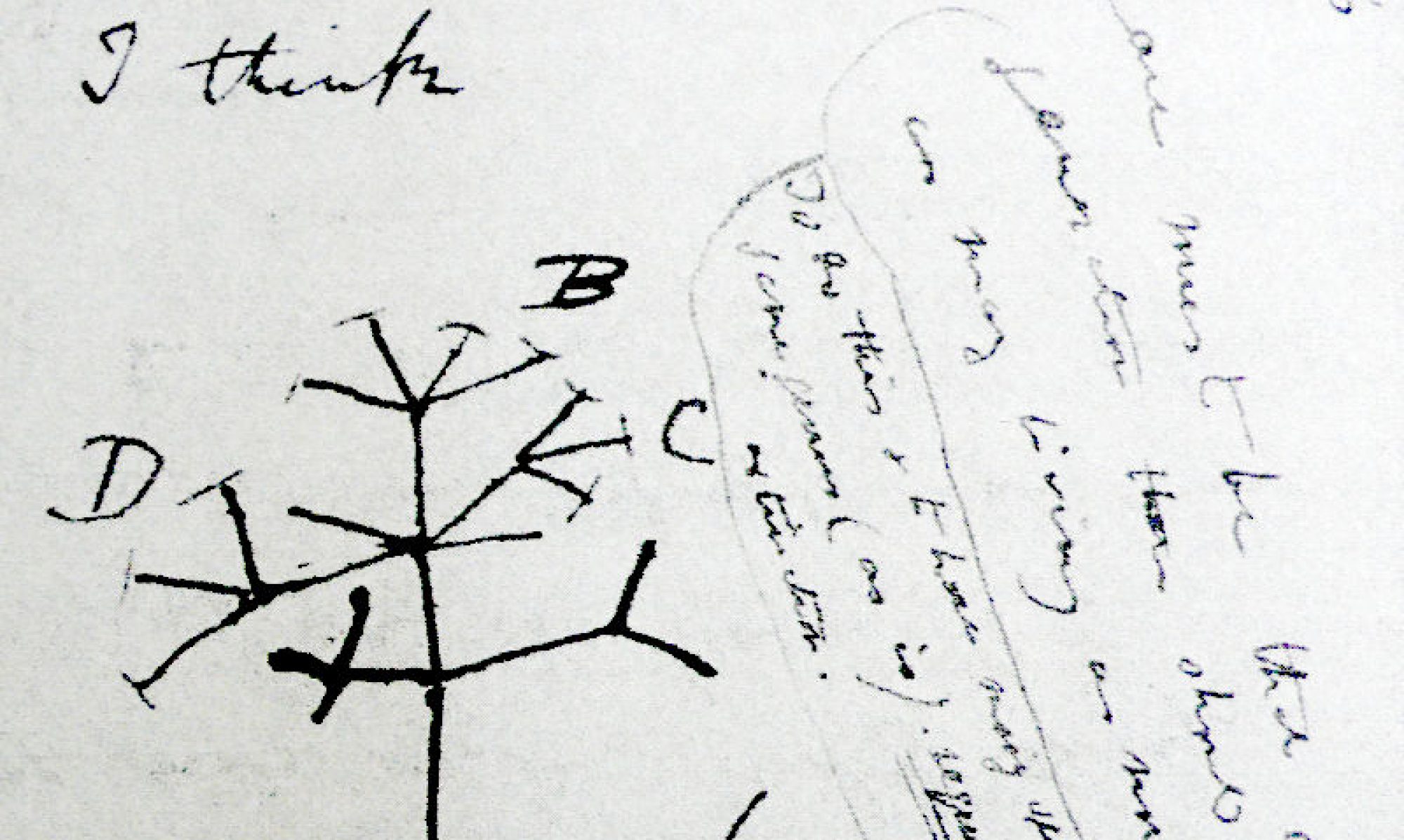By: Jason Comeau, John Jacques, and Elijah Morris (Stonehill College, BIO323 Evolution, Fall 2018)
Some primates throw objects occasionally, but only humans regularly throw projectiles with high speed and accuracy. Many scientists and anthropologists have been fascinated by the unique throwing abilities of humans. However, there has been little research into the evolution of throwing. Recent research completed at Harvard University has demonstrated several anatomical features that have evolved over time which enable humans to throw at high speeds. Human evolutionary biologist and anthropologist Doctor Neil Roach recently examined fossil records of early human ancestors and compared them to the modern day human.
Listen now:
The reason early humans developed the ability to throw can be mostly attributed to the concept that before bows and spears, early humans who threw well had a strong selective benefit. The ability to throw projectiles quickly and accurately enabled individuals to acquire more food. Those who could throw better and acquire more food would be able to survive and have more offspring, making high speed throwing an advantageous trait to have.
There are three major characteristics specifically in humans which have a major role in our ability to throw projectiles at high speeds. One such characteristic is our tall, mobile waists which can rotate very quickly. The ability to rotate our hips and waists at high speeds allow us to increase torque and velocity when we through compared to other primates who have lower and less mobile hips. In addition, the humorous bone in a human arm is angled downward more in humans than other primates. This is important because due to the lower arm angle able to be achieved, humans are able to have larger arm circles when attempting to throw a projectile. Having a more extended arm circle enables humans to gain more acceleration and velocity when throwing, leading to higher speeds when throwing.
The final morphological feature which enables humans to have accurate and high-speed throwing is our horizontally pointed collarbone. Other primates have a collarbone and shoulder that is pointed more vertically towards their head. Due to having a horizontal collarbone and shoulder, we can gain more energy and force from our chest muscles compared to other primates. Due to having a larger amount of muscle mass that is able to exert energy on our throwing arm, humans can throw at extremely high speeds. Due to a mobile waist which has increased torque, a larger arm circle when throwing, and more muscle mass able to exert on the throwing arm, humans are able to throw at high-speed velocities.
Today, technological advances such as the bow and arrow, nets, and firearms have reduced contemporary hunter-gatherers’ reliance on thrown projectiles, but the human ability to throw persists in our daily lives and is an integral part of the sports which humans play. Unfortunately, early human hunters threw less frequently than modern athletes, throwing only a couple objects at high speeds when hunting. Modern athletes such as baseball pitchers often deliver more than 100 high-speed throws throughout just a few hours. Unfortunately, the ligaments and tendons in the human shoulder and elbow are not well adapted to withstanding such repeated stretching, high torque, and extremely high forces. The ligaments were originally adapted only to throw at high speeds in far less frequent occurrences. Although humans’ unique ability to power high-speed throws may have been critical in enabling early hunting, repeated overuse of this motion can result in serious injuries in modern humans.
Citation: Roach, N.T., Venkadesan, M., Rainbow, M.J., Lieberman, D.E. 2013. Elastic energy storage in the shoulder and the evolution of high-speed throwing in Homo. Nature. 498. 483-486.
Paper: https://www.ncbi.nlm.nih.gov/pmc/articles/PMC3785139/
Links to Neil T. Roach:
https://scholar.harvard.edu/ntroach
https://scholar.harvard.edu/ntroach/evolution-throwing
Google Scholar: https://scholar.google.com/citations?user=H0tRFN4AAAAJ&hl=en&oi=sra
Music: Todd Barrow. Guadaloupe River, Houston, Texas. http://freemusicarchive.org/music/Todd_Barrow/Guadalupe_River/Guadalupe_River
Picture: Yates, D. (2018). Baseball Pitcher American Pitch College Play. Pixabay. https://pixabay.com/en/baseball-pitcher-american-pitch-3715366/
